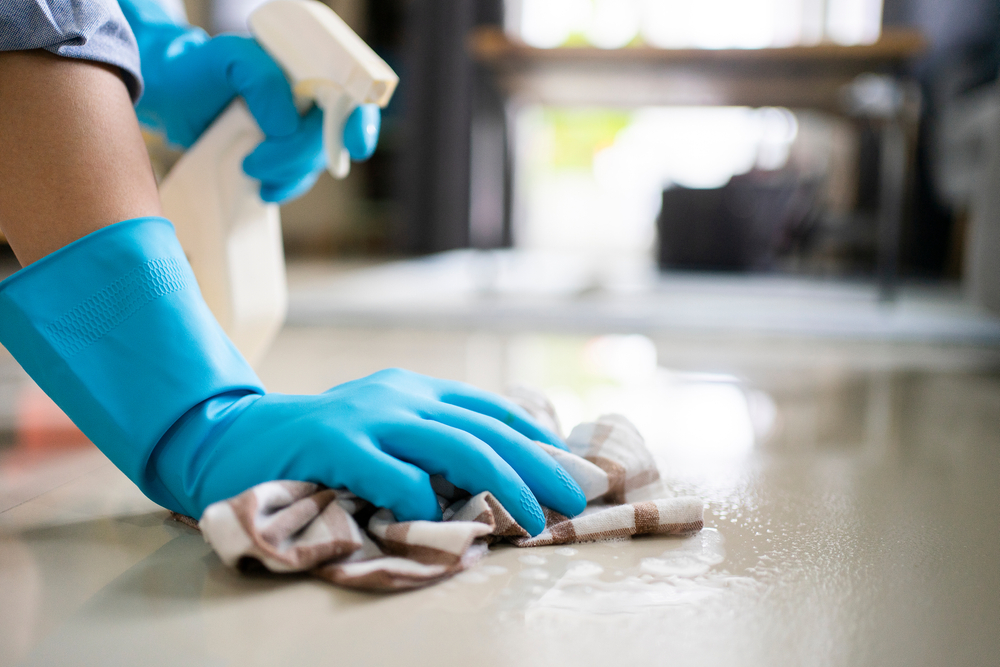With cleaning procedures, equipment and products continually evolving, ongoing training should be a point of emphasis for facility managers. Training supports cleaning performance, employee and building occupant health and safety, and professional development. While there are different ways to train staff, there are several universal do’s and don’ts that facility managers should consider to ensure their cleaning teams know how best to clean.
The Need for Ongoing Training
Training is the backbone of every successful cleaning program because it enhances safety and cleaning performance. Education makes employees more comfortable working with various chemicals, equipment and machines. This is especially important because innovative technology, products and practices are regularly being developed and new viruses can emerge. Cleaning programs looking to stay ahead need to continuously adapt their operations and keep experienced and new staff members aware of how to effectively clean.
Additionally, ongoing training promotes employee development, making them feel valued and vital to the company. For instance, the 2019 LinkedIn Workforce Learning Report showed that 94% of employees are willing to stay at a company longer if it invests in helping them learn. Periodic training keeps employees engaged with their work and can also reduce the high turnover rate for custodial workers.
Do’s and Don’ts for Better Employee Training
Behind every successful cleaning program is an effective training program that must consider several universal do’s and don’ts, including:
- DO offer training in multiple formats to appeal to numerous types of learners, including hands-on training, classroom training, online training and written handouts with visual icons and graphics. Offer training in multiple languages to adequately educate those whose first language is not English.
- DON’T introduce new chemicals, tools or equipment without first explaining their purpose and how to use them properly. This yields poor cleaning performance, risks damage to equipment and creates health risks for employees and building occupants.
- DO stress reviewing labels, safety data sheets (SDS) and individualized literature for each chemical before using products and equipment. This enhances cleaning performance by ensuring products get applied correctly and to the right surfaces.
- DON’T implement products that could be harmful to employees, especially those with conditions such as asthma or allergies. The best way to avoid this altogether is by using green cleaning products that don’t contain volatile organic compounds, fragrances or dyes.
- DO provide onsite training when staff begin working at new sites. When employees have to assess areas as they go, they are more likely to make mistakes and may need more time to complete tasks due to a lack of familiarity. The more information employees have about an environment, the more efficiently they can clean.
- DON’T let staff operate equipment before demonstrating how to maintain and store it. Depending on equipment type, make, and model, there will be different requirements for keeping it in peak operating condition. Giving employees protocols specific to equipment at each site ensures consistent results and reduces replacement and repair costs.
- DO create opportunities for feedback during training. Directly addressing areas needing improvement ensures cleaning is consistent and correct. Regularly give employees words of encouragement and praise.
- DON’T expect newer staff to operate without any guidance or supervision. Turnover is often high in cleaning roles. While some employees may have previous cleaning experience, others may be new to the industry and it’s still important to train both equally. Have new employees shadow seasoned workers to reduce the learning curve and create less room for error.
- DO indicate growth and leadership opportunities. Studies show that 74% of workers feel they aren’t achieving their full potential at work due to a lack of development opportunities. Letting employees know that you want to invest in them makes them feel valued and understand that their hard work won’t go unnoticed.
- DON’T allow seasoned employees to fall behind. The longer employees follow the same habits, the more difficult it can be to introduce new products and practices. Designate time regularly to review company-wide cleaning standards as well as leadership habits.
Cleaning Employee Training Yields Success
A cleaning program’s success is dependent on the professionals who complete daily cleaning tasks. Investing in regular and thorough training is key, as it leads to better, more consistent cleaning and employee retention and growth. Following the above best practices can help facility managers nurture a culture of learning and development.
At GSF USA, we prioritize training because we care about people as much as we do clean. For more information, contact our offices here and follow us on LinkedIn and Facebook for more information.
